Conclusion
Image: Engraving of William Shenstone receiving a crown of laurels from Apollo, the Greek and Roman God of Harmony, Order, Reason and Truth. Apollo was also the God of Music which the ancients believed was only heard where there was light and security. He is depicted with his musical instrument the lyre. Shenstone is also shown playing the keyboards of an instrument. The engraving endows Shenstone with Apollo’s characteristics as a bringer of harmony, representing his influence on landscape design. Frontispiece from The Works in Verse and Prose of William Shenstone, Esq., Vol. II, Second Edition (London, J Dodsley, 1765).
The numbers of people, known or unknown to Shenstone, who visited the Leasowes can only be guessed at. Among those who continued to be drawn there after his death, in 1763, were the Thrales, who visited with Samuel Johnson in 1777, around the time that Shenstone’s old house was demolished and rebuilt. Hester Lynch Thrale wrote in her diary: ‘the Leasowes charmed me most as a Place’. And ‘while Mr. Johnson & Mr. Thrale went up to have a nearer View of the Waterfall, [she] sat by the Root House, and wrote …Verses.’ These three verses include the following lines,
“To Shenstone in his Grot retired
My truest praise I’ll pay:…
From Kedlestone’s offensive Glare
From Chatsworth’s proud Cascade;
From Artful Hagley I repair
To thine and Nature’s Shade.”18
On 17th April, 1802, the day before he died, Erasmus Darwin, polymath and author of The
Botanic Garden, wrote to his friend Richard Lovell Edgeworth of a ‘pleasant valley somewhat like Shenstone’s’.19 This suggests that at some time both of these members of the Lunar Society had visited the Leasowes. And as late as 1868, Elihu Burritt, then United States Consul to Birmingham, in his Walks in the Black Country, having visited the Leasowes, remembered how, as a boy, he had encountered in a school reading-book an admired speech describing a beauty spot on the Ohio River, which included the words ‘a shrubbery that Shenstone might have envied’.20 Today the Leasowes is part golf course and part a country park.
This article has told something of the life of one member of the eighteenth-century Midlands gentry. Landscape gardener, designer, poet, sociable – although at times lonely and melancholy, he passed half his life embellishing his romantic little Arcadia. That William Shenstone was significantly influential, both locally and nationally, particularly with regard to landscape gardening, is indisputable.
Written on a Ferme Ornee, near Birmingham
By the late Lady Luxborough.
‘Tis Nature here bids pleasing scenes arise,
And wisely gives them Cynthio* to revise:
To veil each blemish; brighten every grace;
Yet still preserve the lovely parent’s face.
How well the bard obeys, each valley tells;
These lucid streams, gay meads, and lonely cells;
Where modest art in silence lurks conceal’d,
While nature shines so gracefully reveal’d,
That She triumphant claims the total plan,
And, with fresh pride, adopts the work of man.
* Cynthio is a reference to Apollo who was born on Mount Cynthus.
« Previous in this sectionContinue browsing this section
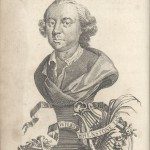 William Shenstone, The Leasowes, and Landscape Gardening
William Shenstone, The Leasowes, and Landscape Gardening
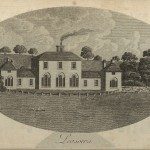 Introduction: William Shenstone and the Leasowes
Introduction: William Shenstone and the Leasowes
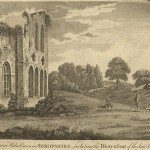 Shenstone’s Early Life
Shenstone’s Early Life
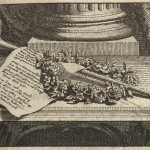 Shenstone, Poetry and Landscape
Shenstone, Poetry and Landscape
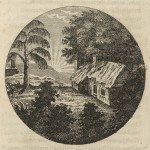 Shenstone, Rural Virtues and the Countryside
Shenstone, Rural Virtues and the Countryside
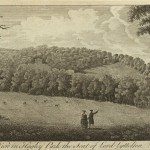 Shenstone and English Landscape Gardening
Shenstone and English Landscape Gardening
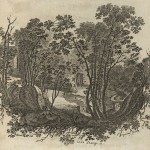 Shenstone and the Creation of the Natural Landscape
Shenstone and the Creation of the Natural Landscape
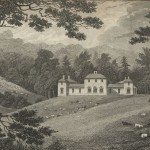 Shenstone, Landscape and Farming
Shenstone, Landscape and Farming
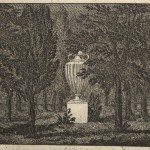 Shenstone’s Embellishments to the Leasowes
Shenstone’s Embellishments to the Leasowes
 The Reputation of the Leasowes
The Reputation of the Leasowes
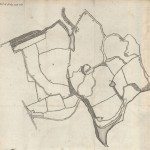 Appreciating the Landscape: Robert Dodsley and the Leasowes
Appreciating the Landscape: Robert Dodsley and the Leasowes
 A “delightful Paradise”: The Leasowes Cult
A “delightful Paradise”: The Leasowes Cult
 “Beauty and Simplicity”: Descriptions of the Leasowes
“Beauty and Simplicity”: Descriptions of the Leasowes
 Shenstone’s Influence
Shenstone’s Influence
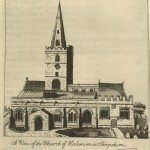 Shenstone and the Locality
Shenstone and the Locality
 Conclusion
Conclusion





